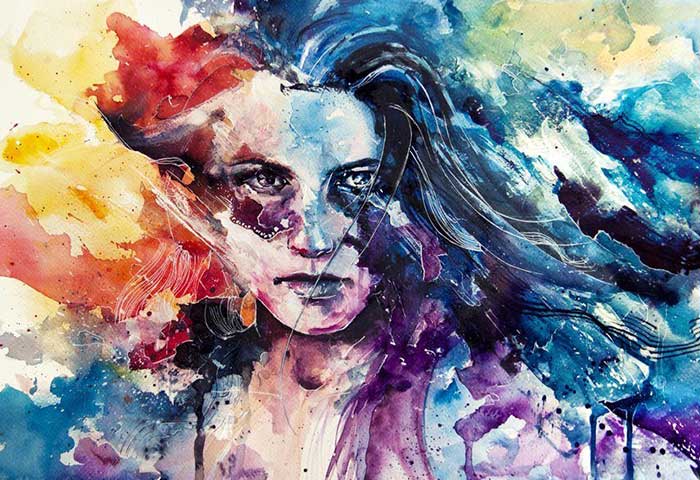[ad_1]
Throughout the years, hundreds of individuals have been able to turn their hobby into a career. Many have managed to achieve their goals through oil painting. There is certainly something special about working with the materials, which have been used by the old masters, such as Caravaggio, Da Vinci and Peter Paul Rubens. If you desire to emulate these historic painters, it is imperative to know where to begin. What paintings are appropriate for beginners? Where do I start? Below, you will find out.
Your Paints
First and foremost, you must collect your paintings. Beginners will be wise to choose student grade paints. They're much cheaper, somewhat easier to work with and can make some stunning works of art. Despite many artists' desire to purchase a bucket load of paint, this is not necessary. In fact, it is generally best to stick with the three primary colors, red, yellow and blue. By forcing yourself to work with this limited palette, you will increase your ability to mix colors and your paintings will maintain their harmony. Remember that you'll also need a titanium white. Black is optional.
Your Canvas – Start Small
Almost every painter starts with the intent of creating massive works of art. Remember that you're not Claude Monet yet! So, do not attempt to paint a massive seventy-eight by five hundred inch painting just yet. Instead, you should take your time and start small. Get yourself ten or twenty eight by ten inch stretched canvases and a roll of un-stretched canvas. With this combination, you will be able to paint a small paint every day for a few months or so.
Over time and with persistence, your skills will begin to enhance. You'll learn how to handle the paint, you'll have a better understanding of paint mixing and your small paintings will look progressively better each time.
Your Work Space
Many new painters will lock themselves away in their studios. Although this is fine for a while, you should also expand your horizons. Get outside and paint from life. It does not matter if you live in the city or in the middle of nowhere. By using your imagination, you will be able to discover beautiful compositions all around you. Remember that Andy Warhol's most famous work is a Campbell's Soup Can so do not be afraid to experiment.
Try Different Styles
At this point, you should be familiar with a handy of painting styles. Impressionism, realism and abstract styles can be fun for the painter and visually pleasing for the viewer. Therefore, you should not be afraid to experiment with each of these styles. Spend a few days with one style, before transitioning to another. Over time, you will find a style that suits your fancy the best.
Experiment With Different Techniques
Finally, you should open yourself up to new ideas. Try glazing and scumbling. Also, do not be afraid to leave a big glob of paint on the canvas, if it feels right. This is referred to as impasto and was made famous by Vincent Van Gogh. By learning these techniques, you will know what tiny adjustments can be made to perfect your pieces.
Conclusion
At the end of the day, learning to oil paint is not easy, but the process can be fun and engaging. By taking your time, practicing consistently and utilizing the tips above, your skills will grow and your paintings will begin to look better than ever before!
[ad_2]
Source

